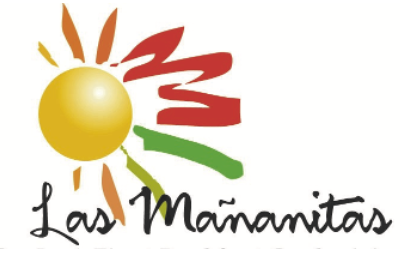Legal Foundations. Each of the three Regimes was created when the owner of the underlying land got the necessary governmental permissions to develop a condominium and filed a special document with the local Public Registry ... which is like a Country Recorder's land records in the USA. That document recites the legal chain of title and then specifies all the details legally constituting the "condominium regime." Those details include the size and location of the private units capable of being owned by a specific "Owner" and all the "common assets and areas" which are "co-owned" by all the Owners within the regime. They also include the restrictions on how the property can be used, who can be an Owner, and "the characteristics and conditions for the organization and social operation" of the condominium ... that is, dealing with things like budgets, dues, decision-making, Assembly, Vigilance Committee, Administration, Architectural Committee, etc.
Regime Declaration. The entire document just described is what we call the "Regime Declaration" or just "Declaration" (and some other people call a Constitution). The controlling text is the Spanish version; the English text we include below is thought to be an accurate translation, but we cannot guarantee that. Also, you should not rely on "close textual analysis" to reach legal conclusions, as these Regime Declarations pre-date a major overhaul to BCS Condominium law which occurred in 2016.
That said, here are the Regime Declarations. They also appear in TownSq (/documents).
Phase I
Phase II
Phase III
Rules and Regulations. The Regime Declarations are really an intricate form of a deed, transferrring the underlying real estate into specific units, garages, common areas and in some cases commercial areas. That Regime Declaration also has a section called "RULES AND REGULATIONS" that address some of the procedural and substantive terms of our "co-ownership." For example, it defines the Vigilance Committee and what is assigned to an "Administrator" and how budgets and dues are handled. It limits the uses of the units, garages and common areas, e.g., pet rules or not allowing commercial activity.
In Canada and the USA, these "Rules and Regulations" are sometimes called "CC&Rs" or "By-laws." We refer to them simply as "Regulations" in order to separate them from the Administrator’s Rules, discussed below and which we refer to as the "Rules."
Rules. We called the "Rules and Regulations" at the Regime level simply "Regulations," because they authorize the Administrator to issue "Administrator’s Rules" to implement some of the broad concepts contained in the Regulations. For example, the Regulations might limit the amount of noise to "reasonable" levels. The Rules can flesh that out by defining "quiet hours" or party permits or other things.
The Rules can implement, augment, define and extend the Regulations, but it cannot contradict them. If the Regulations say that unit owners are limited to two pets, the Rules cannot authorize three.
See this page for copies of the Rules, Other Legal Contraints, and forms you may need.
Other Legal Constraints. When you bought your condominium, you bought your private unit and you bought into the "co-owned" common assets. You obligated yourself to follow the Regulations, which authorized the Adminsitrator (which is the HOA) to issue Rules. But there are other legal constaints, primarily the Architectural Guidelines. The Regulations require that any modification to an exterior-facing element of your unit, or any structural element within it be pre-approved by the Architectural Committee, applying the Architectural Guidelines.
